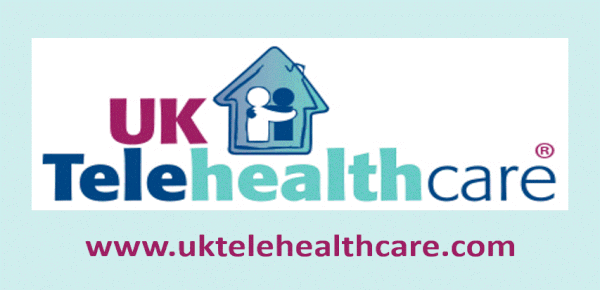28 March 2025
There’s a lot of spring cleaning on the agenda, with the week opening with 23andMe’s bankruptcy. Clearly the story this week in health tech–and for a reputed 14 million customers frantic about their genetic data. Walgreens continues to settle before selling, three product launches, and clinician mental health is in the balance. And we have a thoughtful contribution from Iris Telehealth on how telepsychiatry can defuse mental health crises before law enforcement is called in.
Weekend reading: 23andMe updates, a view at variance from the former co-founder, and a deeper historical analysis (Post-bankruptcy legal moves, a view by an ousted co-founder, and Sergei Polevikov’s deep dive)
News roundup: Walgreens settles 10 year running false claims suit for $5M; UniDoc to buy AGNES Connect; launches from Klarity Health, Tunstall UK, HSE Ireland; VITAL WorkLife survey finds yawning gap in clinician/management mental health perceptions (Walgreens continues to cleanup on aisle 3, health kiosks expand connectivity and analysis, three launches, and the sad state of clinician mental health)
Perspectives: As police step back from mental health calls, telepsychiatry steps forward
Breaking: 23andMe files for Chapter 11 bankruptcy–whither customer data and security? An impact similar to Theranos (Updated as the story broke. And why this has turned into a watershed for health tech like Theranos was.)
Last week: Spring–time to clean up the picnic table. The Walgreens financing took an interesting turn, with WBA chairman Pessina doubling his table stakes. Foodsmart lays out a spread for a new CEO from Amwell. A semi-independent NHS England proved to be an unsteady table for the UK Government–off it goes to the thrift store. Veradigm closed its 2022 books–but their table is a bit wobbly. Elsewhere, two mergers, and Congress keeps limited Federal telehealth flexibilities into September. And our guest Perspectives returns with another view on telehealth and accessibility to addiction treatment.
Short takes: interesting takeaways from the Veradigm earnings call, VA cuts ~6 EHRM contracts; mergers for DispatchHealth-Medically Home, Wysa-April Health (‘Standalone’ for Veradigm may be a bumpy road, as costs are cut at VA, and mergers mark ‘hot’ hospital-at-home and telementalhealth)
News roundup: NHS England to be abolished, absorbed into UK DHSC, while IT glitch shorts 5,200 from screenings; Veradigm *finally* files 2022 financials (updated), VA-Oracle EHR now promises 13 installs in 2026 (Government change whacks NHS England, Veradigm reports 2022 at last, and VA to resume more Oracle installs in 2026)
Breaking: Stefano Pessina to near-double stake in Walgreens after Sycamore Partners takeover–reports (Sr. Pessina surprisingly puts a LOT more chips on the table)
Can kicked down road: telehealth flexibilities extended to 30 September (That takes care of the next six months, but the real story is what the FY2026 budget portends for telehealth expansion)
Perspectives: Telehealth Expands Access to Addiction Treatment and Specialized Care, But Navigating Regulations Remains Key (More on how telehealth prescribing affects addiction care)
Breaking: telehealth nutrition provider Foodsmart taps former Amwell COO Kurt Knight as CEO (Moving from traditional telehealth to lead a newly ‘hot’ part of healthcare)
* * *
Advertise on Telehealth and Telecare Aware
Support not only a publication but also a well-informed international community.
Contact Editor Donna for more information.
Help Spread the News
Please tell your colleagues about this free news service and, if you have relevant information to share with the rest of the world, please let me know!
Donna Cusano, Editor In Chief
donna.cusano@telecareaware.com
Telehealth & Telecare Aware – covering news on latest developments in telecare, telehealth and eHealth, worldwide.















Most Recent Comments